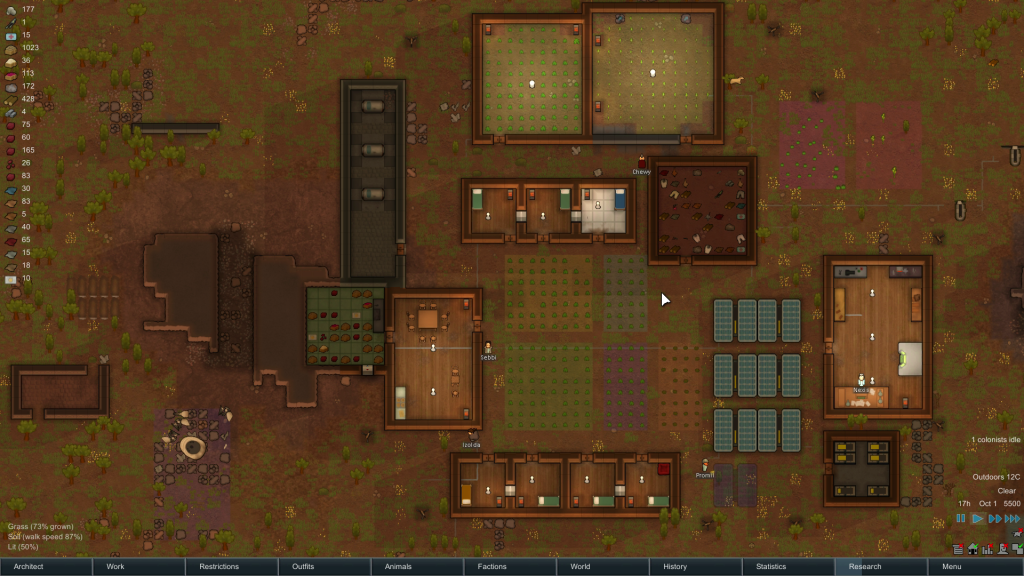Inspirational and Educational Gameplay
During my ongoing literature review I often discover interesting facts about things I’ve never thought about. Sometimes I can connect these facts with my own observations: The result is mostly a completely new idea why things are as they are. Maybe these ideas are new to you, too. Therefore I’ll share my new science based knowledge with you!
This week: This time, I think about the joy of being able to plan and improve my gameplay using real world knowledge.
A couple months ago, I decided to take a break from playing Kerbal Space Program (KSP) after having created a let’s play episode on a weekly basis for more than three years. Although I still enjoyed playing the game, I began to notice that I loose interest in the game as it started to become repetitive and did not provided enough challenges nor regions I have not explored, yet. Generally, becoming too repetitive, proving no new challenges or being fully explored are the most common reasons why players start to loose interest in a game. In the end, these reasons indicate that highly motivating gaming flow is drastically reduced and players start to feel bored by the gameplay.
However, although I do not feel the urge to return to playing KSP, yet, I notice how much I miss a game of this complexity that even challenges me outside of the actual gameplay. KSP allows players to construct virtual spacecraft out of a huge variety of different parts of which each has physical properties affecting the spacecraft’s performance. Hence, in order to design an ideal spacecraft, a lot of trial and error or careful planning is needed.
As KSP encodes orbital mechanics and hence realistically simulates space flight, players are able to apply the equations used in orbital mechanics to determine and improve the performance of their spacecraft based on the properties of the used parts before even launching them on a test flight. That way, KSP keeps players also induces gaming flow outside of the game when they set up complicated spreadsheets allowing them to efficiently design and plan their next space mission.
Unfortunately, aside from some flight simulations, not many computer games are accomplishing such a challenging and scientific gameplay. Personally, I would really enjoy it when other games also implement design and planning processes that are based on real world equations which I could use to improve my gameplay. However, as changing between KSP and excel broke the immersion of the gameplay, it is necessary to allow for such a scientific approach directly inside of the game by providing intuitive but also unlimited planning game mechanics.
In the end, those games not only provide a challenging gameplay, they also educate players in a knowledge they potentially are not familiar with, inspire them to research additional information and potentially even motivate them to consider a career in science or engineering.
